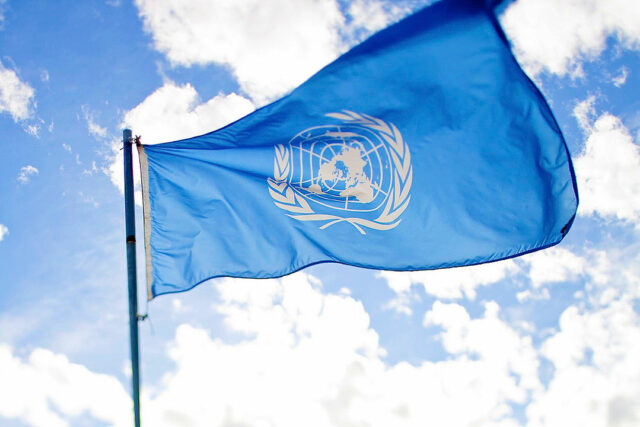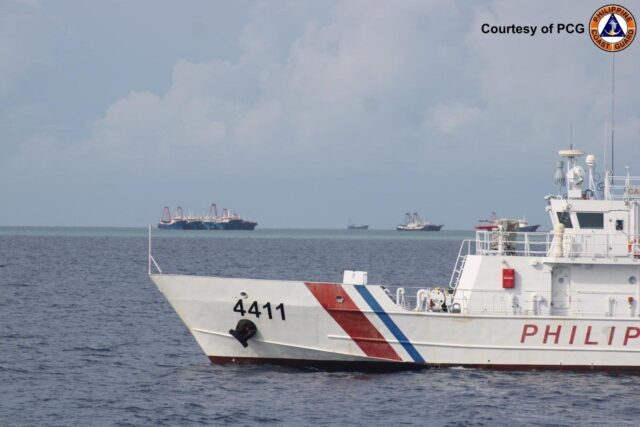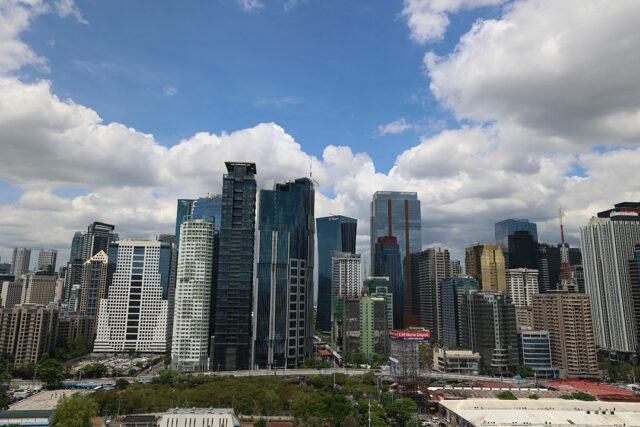UN Security Council meets on Iran as Russia, China push for a ceasefire
UNITED NATIONS – The U.N. Security Council met on Sunday to discuss U.S. strikes on Iran’s nuclear sites as Russia, China and Pakistan proposed the 15-member body adopt a resolution calling for an immediate and unconditional ceasefire in the Middle East.
“The bombing of Iranian nuclear facilities by the United States marks a perilous turn,” U.N. Secretary-General Antonio Guterres told the Security Council on Sunday. “We must act – immediately and decisively – to halt the fighting and return to serious, sustained negotiations on the Iran nuclear program.”
The world awaited Iran’s response on Sunday after President Donald Trump said the U.S. had “obliterated” Tehran’s key nuclear sites, joining Israel in the biggest Western military action against the Islamic Republic since its 1979 revolution.
Russia and China condemned the U.S. strikes.
“Peace in the Middle East cannot be achieved by the use of force,” said China’s U.N. Ambassador Fu Cong. “Diplomatic means to address the Iranian nuclear issue haven’t been exhausted, and there’s still hope for a peaceful solution.”
But acting U.S. Ambassador to the U.N. Dorothy Shea told the council the time had come for Washington to act decisively, urging the Security Council to call upon Iran to end its effort to eradicate Israel and terminate its drive for nuclear weapons.
“Iran long obfuscated its nuclear weapons program and stonewalled our good-faith efforts in recent negotiations,” she said. “The Iranian regime cannot have a nuclear weapon.”
Russia’s U.N. Ambassador Vassily Nebenzia recalled former U.S. Secretary of State Colin Powell making the case at the U.N. Security Council in 2003 that Iraqi President Saddam Hussein constituted an imminent danger to the world because of the country’s stockpiles of chemical and biological weapons.
“Again we’re being asked to believe the U.S.’s fairy tales, to once again inflict suffering on millions of people living in the Middle East. This cements our conviction that history has taught our U.S. colleagues nothing,” he said.
COST OF INACTION ‘CATASTROPHIC’
Iran requested the U.N. Security Council meeting on Sunday.
Iran’s U.N. Ambassador Amir Saeid Iravani accused Israel and the U.S. of destroying diplomacy, said all U.S. allegations are unfounded and that the nuclear non-proliferation treaty “has been manipulated into a political weapon.”
“Instead of guaranteeing parties’ legitimate rights to peaceful nuclear energy, it has been exploited as a pretext for aggression and unlawful action that jeopardize the supreme interests of my country,” Mr. Iravani told the council.
Israel’s U.N. Ambassador Danny Danon praised the U.S. for taking action against Iran, saying: “This is what the last line of defense looks like when every other line has failed.” He accused Iran of using negotiations over its nuclear program as camouflage to buy time to build missiles and enrich uranium.
“The cost of inaction would have been catastrophic. A nuclear Iran would have been a death sentence just as much for you as it would have been for us,” he told the council.
It was not immediately clear when the council could vote on the draft resolution. Russia, China and Pakistan have asked council members to share their comments by Monday evening. A resolution needs at least nine votes in favor and no vetoes by the U.S., France, Britain, Russia or China to pass.
The U.S. is likely to oppose the draft resolution, seen by Reuters, which also condemns attacks on Iran’s nuclear sites and facilities. The text does not name the United States or Israel.
“Military action alone cannot bring a durable solution to concerns about Iran’s nuclear program,” Britain’s U.N. Ambassador Barbara Woodward told the council. “We urge Iran now to show restraint, and we urge all parties to return to the negotiating table and find a diplomatic solution which stops further escalation and brings this crisis to an end.”
U.N. nuclear watchdog chief Rafael Grossi said that while craters were visible at Iran’s enrichment site buried into a mountain at Fordow, “no one – including the IAEA – is in a position to assess the underground damage.”
Mr. Grossi told the Security Council that entrances to tunnels used for the storage of enriched material appear to have been hit at Iran’s sprawling Isfahan nuclear complex, while the fuel enrichment plant at Natanz has been struck again.
“Iran has informed the IAEA there has been no increase in off-site radiation levels at all three sites,” said Mr. Grossi, who heads the International Atomic Energy Agency.















